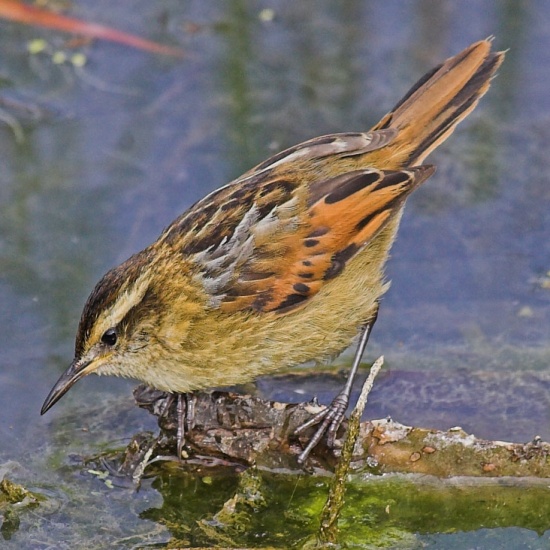
Phleocryptes melanops
SUBFAMILY
Synallaxeinae
TAXONOMY
Phleocryptes melanops Vieillot, 1817.
OTHER COMMON NAMES
French: Synallaxe troglodyte; German: Rohrschlьpfer; Spanish:
Junquero Trabajador.
PHYSICAL CHARACTERISTICS
Body length is about 5.5 in (13.5–14.5 cm). Bill is short, slightly
downcurved, and pointed. The body is small and chunky, and the
tail is moderately short and tipped with two short spines emerging
from the tips of the central pair of tail-feathers. The sexes are
similar. The back is colored brown with whitish streaks, the tail
is brown, the wings are brown with rufous patches, the throat
and belly are whitish bordered with buff, the crown of the head
is dark brown, and there is a buff-white stripe over the eye.
DISTRIBUTION
Occurs widely in southern South America, including western
Peru, western Bolivia, Chile, southern Brazil, Paraguay,
Uruguay, and Argentina.
HABITAT
Inhabits reedbeds of marshes and lake margins, including both
fresh and brackish waterbodies. Occurs as high as about 14,100
ft (4,300 m).
BEHAVIOR
Northern populations are non-migratory, but southern ones
may migrate to spend the winter in northern parts of the
species range. Occurs as pairs during the breeding season. The
song is a quiet series of ticking notes.
FEEDING ECOLOGY AND DIET
Forages for insects and other small invertebrates on muddy
ground, among reedy vegetation, among floating plants, and
even in shallow water.
REPRODUCTIVE BIOLOGY
Constructs a spherical nest attached to reeds, with a side entrance
near the top. Both the male and female incubate the
eggs and rear the nestlings.
CONSERVATION STATUS
Not threatened. A widespread and locally abundant species
within its reedy habitat.
SIGNIFICANCE TO HUMANS
None known.
Other popular Animals
Photo Gallery of - Wren-like rushbird
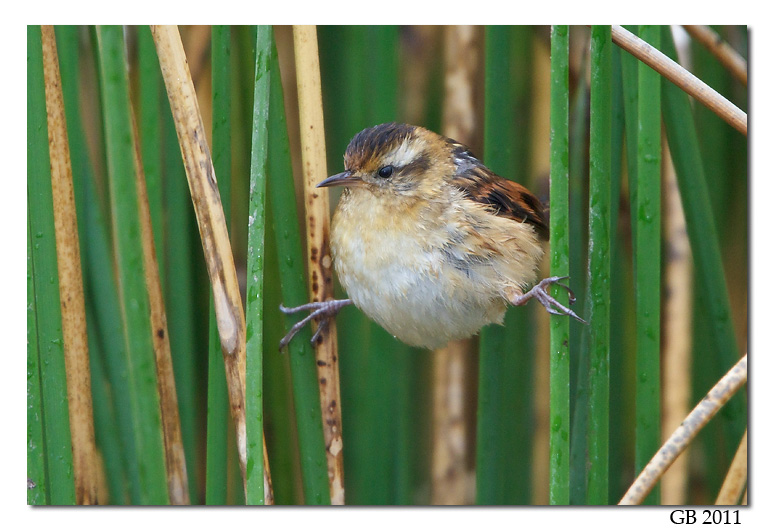
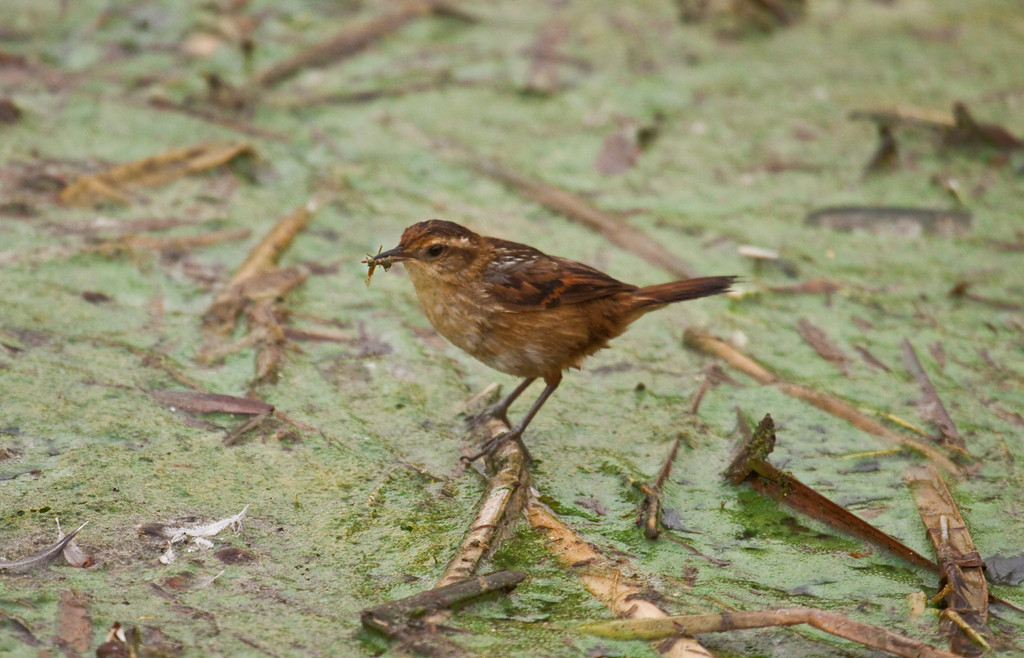
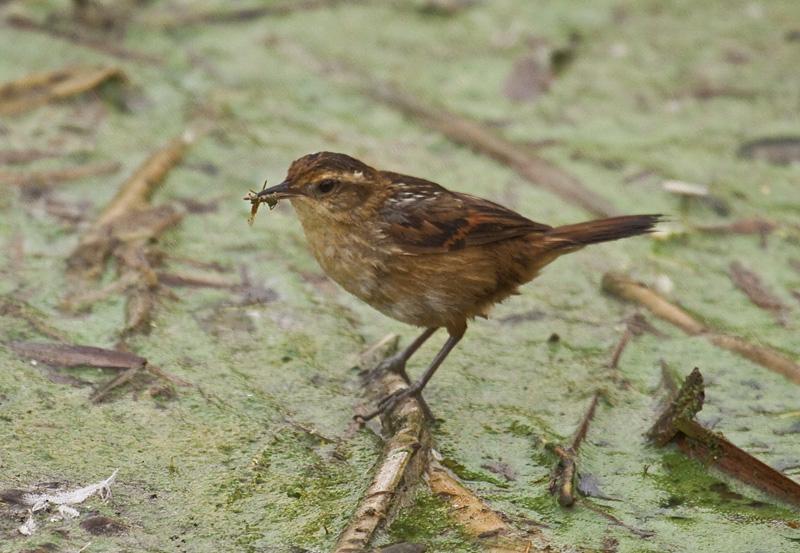
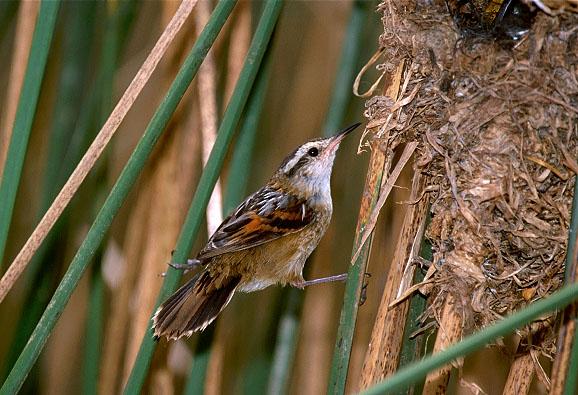
 Animalia Life
Animalia Life